Hi folks,
Got the following from the newsletter of my friend and
fellow writer, Mike Klaassen and thought I’d share with you. At the end, is
Mike’s contact info for his (free) newsletter which is always chockfull of good
writing advice, reviews, and tidbits. Tell him I sentcha!
Book Review
HOOKED: Write Fiction
That Grabs Readers at Page One and Never Lets Them Go
By Les Edgerton
Writer’s Digest Books, 2007
Hooked is the book about beginnings.
Books about fiction-writing tend to fall into one of three
categories:
- A-Z
books, which address a wide spectrum of fiction-writing issues
- Quasi-biographical
books, which are as much about the author as they are about writing
- Narrow-focus
books, which take an in-depth look at a specific aspect of fiction-writing
Hooked, by Les
Edgerton, focuses on one aspect of fiction-writing: beginnings. In general, readers should expect a
narrow-focus book to:
- Adequately
address its topic of focus, compiling and reorganizing the body of existing
information
- Debunk
misinformation and out-of-date practices about the topic
- Offer
new ideas and insight about the topic
Les Edgerton has accomplished all of these in Hooked.
Why a whole book about beginnings? As explained by Edgerton, “The simple truth
is, if your beginning doesn’t do the job it needs to, the rest of the story
most likely won’t be read by the agent or editor or publisher you submit it
to.”
Edgerton addresses misinformation and out-of-date practices from
a historical perspective and as they relate to literary fiction. Whenever an author sheds new light on a
subject, there is a risk that someone will be offended: no exception here. Writers, of any genre, in the habit of
beginning stories with hefty servings of backstory or description get an
earful.
Those who believe that studying the classics is the key to
understanding fiction may be turned off by Edgerton’s take on beginnings: “. .
. many of the great books from the past aren’t practical structure models for
today’s market, particularly in the way some of those books begin.” And, “Beginnings have changed more than any
other part of story structure.”
Likewise, fans of literary fiction may take exception to
some of Edgerton’s observations. “Bookscan
has revealed the decline of what is usually referred to as literary
fiction. This category of fiction may be
dying because it has stuck with the story structure model of yesteryear much
more so than any other category.”
Hooked is organized
into eleven chapters:
- Story
structure and scene
- Opening
scenes
- Inciting
incident, initial surface problem, story-worthy problem
- Setup
and backstory
- Combining
inciting incident, story-worthy problem, initial surface problem, setup,
and backstory
- Introducing
characters
- Foreshadowing,
language, and setting
- Opening
lines
- Red
flags
- Opening
scene length and transitions
- View
from the agent’s and editor’s chair
The last chapter is structured as questions and answers from
agents and publishers. For example, from
agent Jodie Rhodes: “ . . . the more modest the writer, the better the
writing. That’s because good writers
know how much they still have to learn.”
Hooked is a must
for the bookshelf of serious students of fiction.
SUMMARIZATION: A fairly maligned
fiction-writing mode
By Mike Klaassen
Should you always "show"
rather than "tell?" Summarization
is the fiction-writing mode whereby story events are recapped. In summary mode
events are told rather than shown. Action mode shows an event in detail as it happens, summarization tells about it. The old writing axiom "Show.
Don't tell." implies that summarization is inferior writing, to be
discouraged. This is unfortunate because telling, in the form of summarization,
has a vital role.
Any event may be portrayed either in
the action mode or in summarization. Consider the following gunfight in action
mode:
As the sun reached its zenith, Cisco strode onto the dust-filled street
and faced Black Bart. Without warning, Bart reached for his pistol. Cisco dived
to the right as Bart fired. Cisco rolled in the dirt and drew his Peacemaker.
He fanned his hand across the Colt’s hammer in rapid succession, sending three
slugs into Bart’s chest.
The same event may be summarized as:
At noon, Cisco faced Black Bart and gunned him down in
the street.
Summary mode has many applications.
It may be used to: (1) report an event that doesn't warrant the detailed,
as-it-happens treatment of the action mode, (2) shift from one time or location
to another, (3) setup a writing passage by "catching up" the reader
on what has happened since the previous scene, sequel, chapter, or section or
(4) vary rhythm, pace, tone, or texture.[i]
REPORTING EVENTS
Summary mode is appropriate for
reporting events that don't warrant detailed, real-time presentation. As
fiction writers we make many decisions. We choose which events to report and
which to leave out. We choose which events to report in detail and which to
summarize. For example, depending upon the objectives of the author, the summary of the gunfight described above
may be appropriate. Readers may need to know that event occurred but don't need
to know the details. Telling lets the
reader speed past less important action. If fiction were a video player, action
would be accessed with the "Play" button, and summarization would be
the "Fast Forward" button, where events are skimmed over.
Summarization may be particularly
appropriate when there is repetition of events.[ii]
For example, if Black Bart was one of five gunfights Cisco had that day,
showing each of these events in action mode could become tedious for the
reader.
SHIFTING TIME OR LOCATION
Summarization provides an opportunity
to telescope time and shift locations. Rather than showing all the details in
an uninteresting journey, the writer might summarize it. For example:
Over the next three hours as the storm continued, they followed the
winding path around and over one dark hill after another.
Like a time machine fitted with a
global-positioning device, summarization can transport the character across
time and space.
SETTING UP A NEW PASSAGE OR VIEWPOINT CHARACTER
Summarization may be used to set up a
new scene, sequel, chapter, or section—even a change in a viewpoint character.
This may be accomplished at the beginning of the new passage simply by naming
the new viewpoint character and describing what he is doing, thinking, or
feeling. For example:
Fortney reached the top of the hill and stopped. Before him, as far as he
could see, stretched rolling, grass-covered hills.
VARYING RHYTHM, PACE, TONE, OR TEXTURE
Summarization and action, even when
used to describe the same event, have a different pace, rhythm, tone, and
texture (Just think of the gunfight described above). The decision to use one
versus the other becomes a tool for manipulating the story. For example,
imagine a medieval battle with knights engaged in a series of sword fights. The
writer might decide to describe the first fight in action mode, summarize the
next three (Over the next hour Arthur dispatched three more dark knights.), and
then show the climatic fight in gory detail.
As with each of the other ten
fiction-writing modes, summarization has both advantages and disadvantages.
Action involves the reader and is intimate and immediate, but too much action
can fatigue the reader. Summarization distances the reader and lacks immediacy.
Summarization offers one distinct advantage over the action mode, and that is
brevity.[iii]
Summarization deserves respect as a
fiction-writing mode. Without summarization, fiction could be tedious and
disjointed. For any particular passage of fiction, the challenge is to show
when appropriate and to tell when appropriate.
ABOUT MIKE
Mike Klaassen is the author of two young-adult novels: The
Brute and Cracks. He has also written numerous articles about the
craft of writing fiction. His current projects include a novel set during the
War of 1812 and a nonfiction book about the craft of writing fiction.
Mike and his wife, Carol, lived in the
Wichita, Kansas area while raising their two sons. After fighting cancer for
four years, Carol died in 2012.
Mike and Carol were good friends for twenty-five years with another couple,
Michael and Gerri. Throughout those years Michael had multiple sclerosis, which
became increasingly debilitating. Michael died one month before Carol. After
each being married to a wonderful spouse for thirty-five years, Mike and Gerri
are happily engaged.
Mike Klaassen
P.O.Box 4781
Wichita, KS 67204-0781
(316) 744-4325
SUBSCRIBE NOW
If you have enjoyed this newsletter and are not already receiving it
automatically each month, you are welcome to a free subscription. Just
click on the "Join Our Mailing List" button at the top of this page
(also available at
www.mikeklaassen.com).
Or if you prefer, send an email to
mike@klaassen.kscoxmail.com
and ask to be added to Mike's ezine list.
Thanks, Mike. Well, in a couple of days, my son Mike and I are jumping on a plane to go spend a week at my best friend Tom Rough's place in Cave Creek, AZ, and are going to see our beloved Giants WHIP UP on the Oakland A's in a spring training game in Scottsdale. Can't wait to be someplace where I'm not staring at six-foot-high snow drifts...
And, on a bit of a downer, The Rapist didn't win in the BigAl's recent contest. But, thank everybody for coming out and voting--I appreciate it! I'll try to do better next time...
Blue skies,
Les




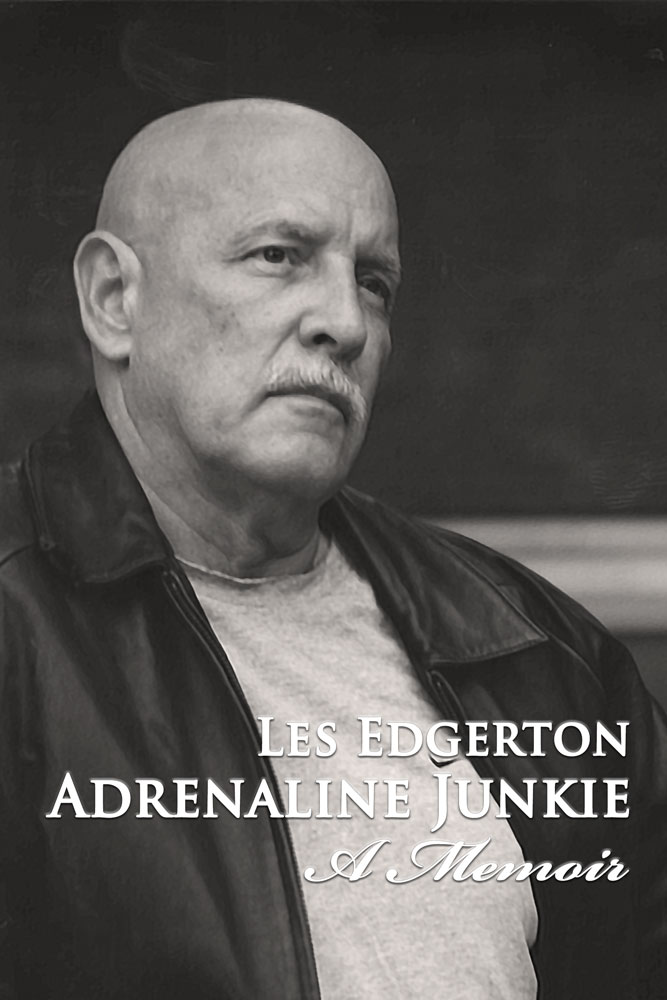




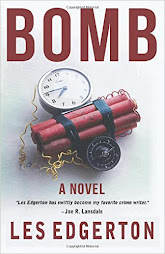




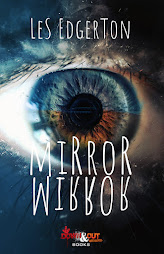

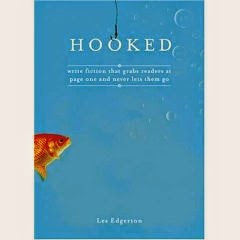

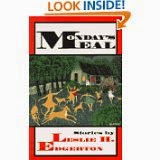
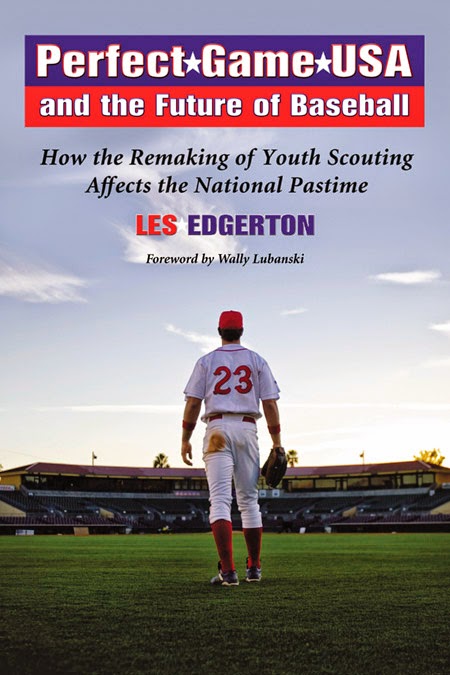
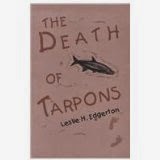

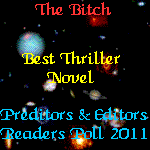





No comments:
Post a Comment